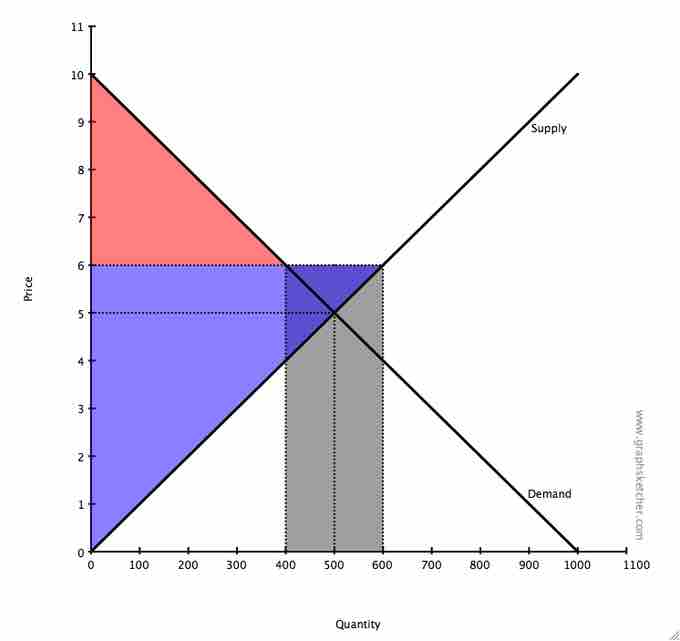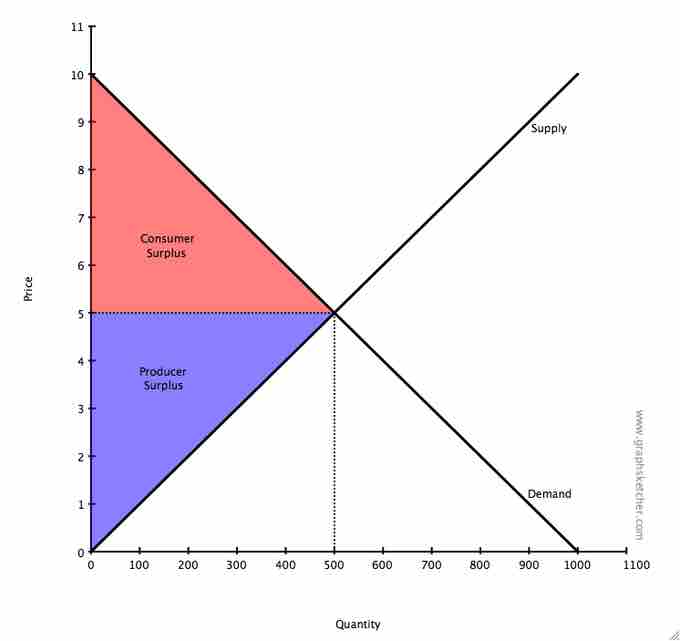The agriculture industry is a critical component of any national economy because it represents both a substantial portion of gross domestic product and it is a core necessity for citizens within the system. Due to the fact that these goods are necessities, it is also important to keep in mind the way in which supply and demand would operate if there was a limited supply (required for survival, and thus potential demand upsides could be boundless). Due to these factors, governments enact a variety of price controls on the agriculture business, both in the U.S. and abroad.
Defining Price Supports
Price supports are defined as subsidies or price controls that are leveraged by the government to artificially increase or decrease prices, and thus alter the supply consumed/quantity demanded by individuals within the system. Understanding the effects of subsidies and price controls is critical in industries with a high degree of government involvement, and agriculture is one of the most affected industries.
is simply a supply and demand curve that demonstrates the consumer surplus and producer surplus opportunities in basic supply and demand chart. In this scenario, without external governmental intervention, the price equilibrium will remain in the center of the graph. However, the government may implement price supports that artificially consume some of the consumer surplus (in , this is 200 units). This drives the price upwards to $6 per unit despite the fact that the consumer is not gaining additional quantity (it is artificial quantity, as purchased by the government).

Consumer Surplus with Price Support
This graph is a complement to the first graph. It demonstrates the effect of implementing a price support on a basic supply and demand chart. The overall consumption will decrease as the government buys up consumer surplus. This demonstrates a price control on behalf of the government.

Consumer Surplus
This chart, in conjunction with the one below, illustrates the way in which price supports can alter supply and overall consumption. It demonstrates the consumer surplus and producer surplus opportunities on a basic supply and demand chart.
This can happen in reverse as well in the form of subsidies. Subsidies are the reduction of costs for producers, generally in the form of governmental grants provided to suppliers. In this scenario, prices are artificially reduced, allowing for an outward shift of the supply curve along the demand line, which creates a higher amount of consumption by consumers as a result of the reduced price. This is illustrated in , where the governmental subsidy allows for increased consumption power on behalf of the consumers in that market.
Subsidies and Supply
This chart shows how subsidies and price controls affect supply and demand. A subsidy, as illustrated here, will reduce the price and extend the overall supply demanded and consumed by individuals within the system. This is the most relevant chart to agricultural economics specifically.
Applying Price Supports to Agricultural Economics
The United States currently pays out around $20 billion annually to farmers and producers in agriculture in the form of subsidies via farm bills in order to artificially reduce prices and shift the supply curve outward to ensure the overall supply in the market is high enough to satisfy all prospective consumers. It is important to note how dramatically the recipients of farming subsidies have changed over time in the United States. In 1925, there were around 6,000,000 small farms of which 25% of the nation resided. By 1997, 72% of farm sales come from 157,000 large farms and only 2% of the U.S. population resides there. This is an interesting economic factor in farm subsidies, as these subsidies are largely going to corporations of substantial size, as opposed to small farmers.
The subsidies provide a price floor (or a minimum price in which farmers can be reimbursed for certain products). This is a significant economic policy of price control to ensure farmers have proper incentive and revenues to continue to produce at the level of goods desired by the U.S. government. Agricultural economics is a highly complicated market as a result of these price supports and controls, particularly from the perspective of subsidization and price control.